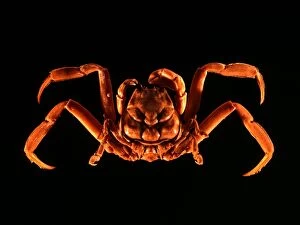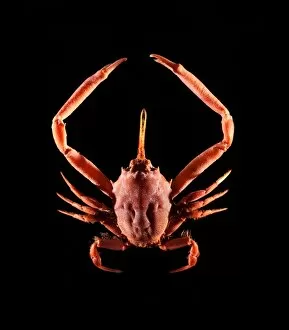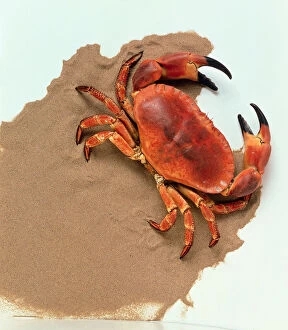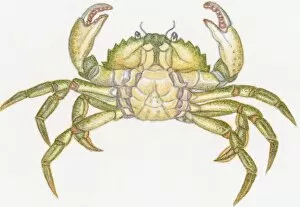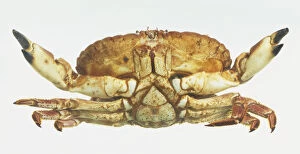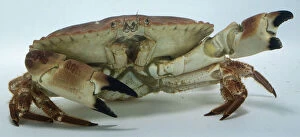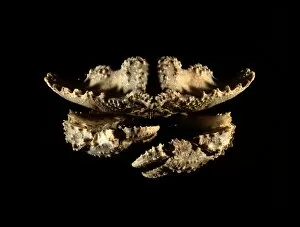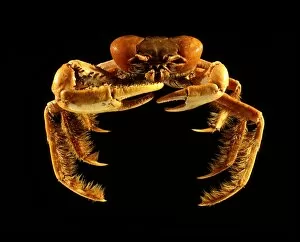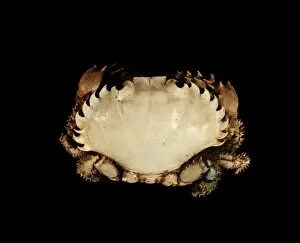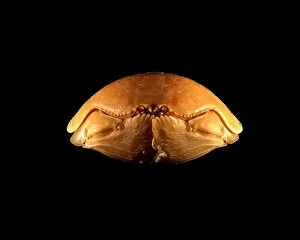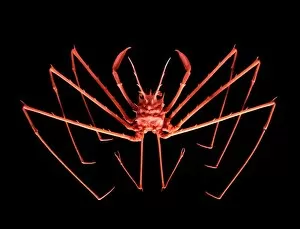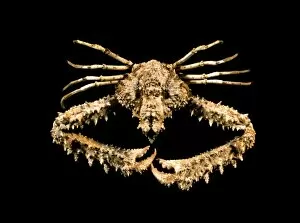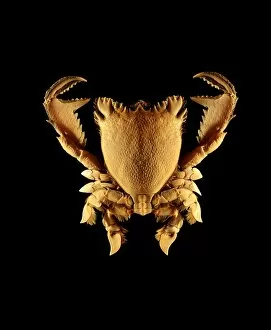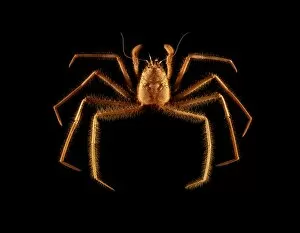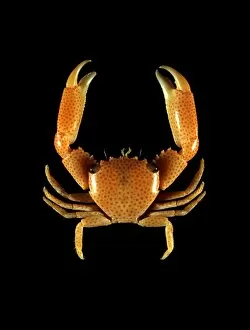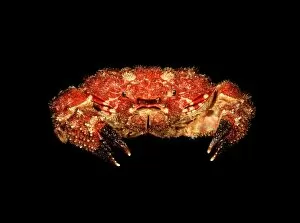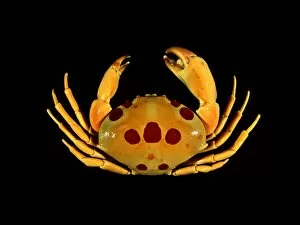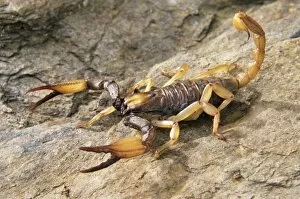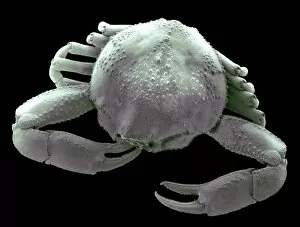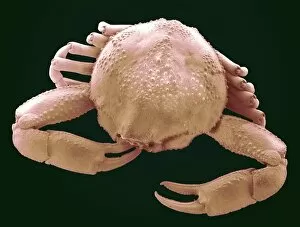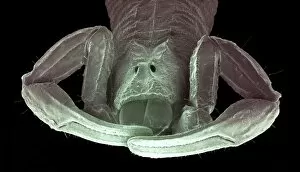Chelae Collection
Chelae, also known as the mighty claws of the crustacean world, are a fascinating feature found in various crab species
For sale as Licensed Images
Choose your image, Select your licence and Download the media
Chelae, also known as the mighty claws of the crustacean world, are a fascinating feature found in various crab species. From the formidable Samurai crab to the armored Male helmet crab, these creatures showcase an impressive array adaptations. One can't help but marvel at the intricate details captured in an illustration of a male crab's ventral surface, revealing its apron or abdomen, thorax, and those unmistakably large claws. These powerful appendages serve multiple purposes - from defense against predators to capturing prey with precision. The underside of an Edible Crab (Cancer pagurus) offers a glimpse into nature's artistry with its textured shell and intricately patterned chelae. As this orange-hued creature gracefully moves along the sand, it showcases both strength and grace in equal measure. A front view of another Edible Crab reminds us why these creatures have earned their name. Its robust body and vibrant coloration make for quite a sight against any backdrop. The Stone crab takes on a different approach with its rugged appearance and sturdy chelae that allow it to crush shells effortlessly. Intriguingly named Calthrop crabs boast uniquely shaped chelae resembling medieval weapons used for puncturing tires – adding yet another layer to their already captivating presence. Sponge crabs take camouflage to new heights by adorning themselves with bits of sponge that blend seamlessly into their surroundings. Mangrove crabs navigate through tangled roots using their dexterous chelae while Pebble crabs skillfully manipulate small stones as protective shields against potential threats. Each adaptation serves as a testament to nature's ingenuity when it comes to survival strategies within diverse habitats. Whether you find yourself captivated by the sheer power displayed by Samurai crabs or enchanted by the delicate beauty exhibited by Sponge crabs, one thing is certain: it can not just ordinary claws; they represent evolution's masterpiece in the world of crustaceans.

